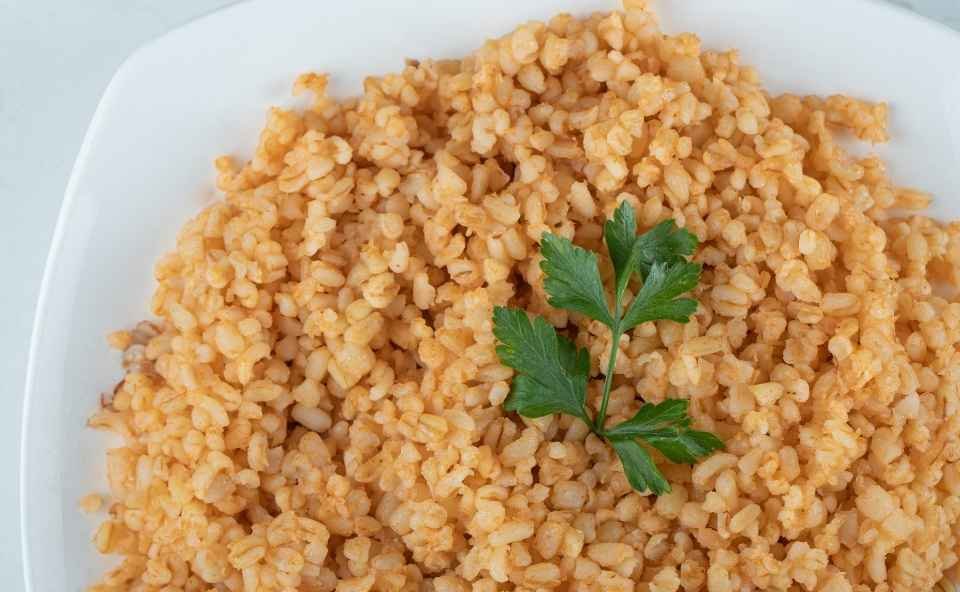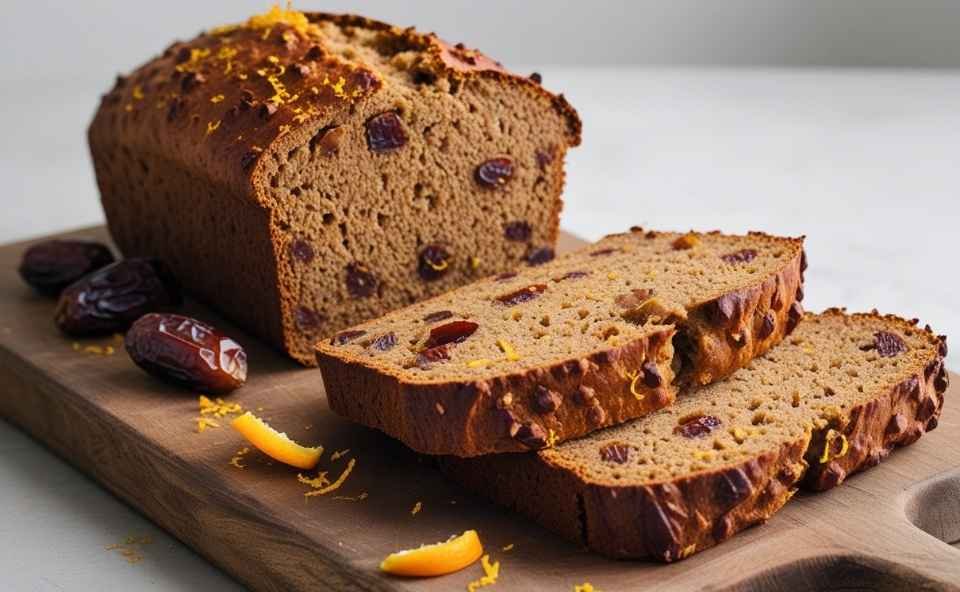I remember struggling to make perfect brown rice in a rice cooker. It often turns out mushy, undercooked, or unevenly cooked. Unlike white rice, brown rice has an outer bran layer that gives it a nutty flavor and chewy texture but requires a longer cooking time.
Over time, I discovered the key to consistent results is understanding the different types of brown rice, like long-grain, short-grain, jasmine, and basmati—and finding the right water and rice ratio.
My foolproof method is simple: add water, a pinch of salt, and brown rice to the bowl of your rice cooker. Just turn on the cooker and walk away, no worries about it burning. Whether you get your rice from bulk bins or a local grocery store, this method delivers nutty, perfectly cooked rice every time.
Although white rice is more popular in the United States and European countries, the nutritional benefits of whole-grain brown rice make it a healthy and common choice.
As someone who grew up eating rice with nearly every meal, I can almost cook it with my eyes closed. This guide covers all the essential steps so you can enjoy the unique taste and nutritional value of brown rice with ease.
Once you master this method, you’ll appreciate how satisfying a bowl of perfect brown rice can be.
Ingredients
Cooking brown rice in a rice cooker is one of my favorite go-to methods; it’s easy, reliable, and always turns out great. For this recipe, you’ll need the following ingredients:
- Water
- Brown rice (long grain or short grain)
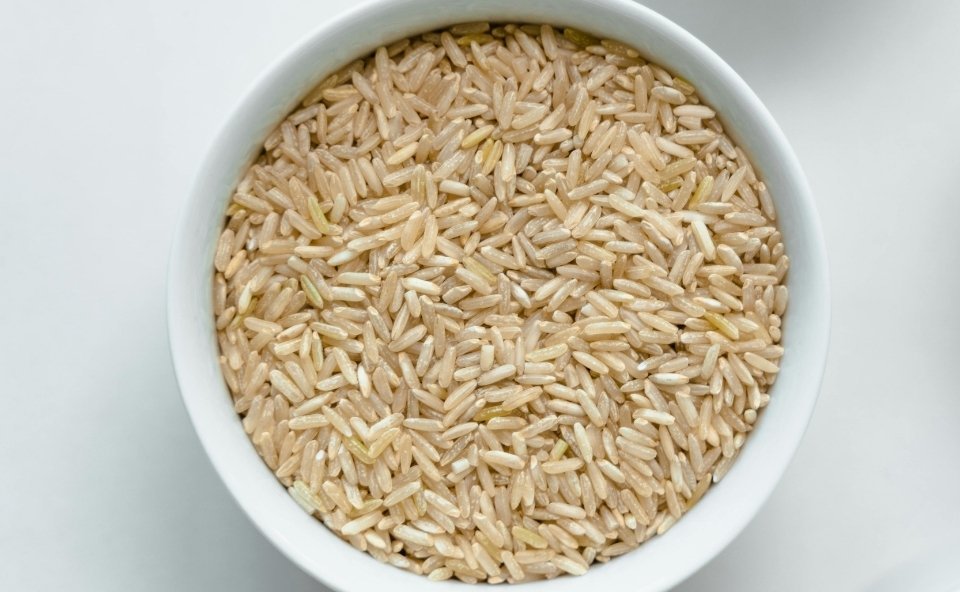
Depending on your choice of rice, the texture will differ—long grain will stay more separate, while short grain is stickier and perfect for dishes like sushi or risotto. You can keep it plain or add your own flavor with a variety of substitution ideas.
Instructions:
Choosing the Right Rice and Rinsing
To cook perfect brown rice in a rice cooker, start by choosing the right variety. Whether it’s long-grain or brown jasmine rice, make sure to rinse it well in a metal sieve under cool tap water to remove excess starch and prevent it from clumping. Once rinsed, transfer the rice to a bowl.
Adding Water and Setting the Rice Cooker
Next, pour the rice into the rice cooker pot and add the right amount of water. For every cup of uncooked rice, add 2 cups of water for an even cook. If you like softer rice, reduce the water slightly to 1.75 cups per cup of rice. Set your rice cooker to the brown rice setting and hit the button to start cooking.
Letting the Rice Rest and Fluffing It Up
After cooking, let the rice rest with the lid on for 5 minutes. This helps the rice absorb any extra moisture and become tender. Resist the urge to open the lid too soon, as this can lead to crunchy rice. Once rested, fluff the rice gently with a fork or rice paddle.
Cooking Larger Batches
If you’re cooking a larger batch (more than 3 cups), a pressure cooker can handle it better than the standard rice cooker. Just remember to maintain the right water ratio for even cooking.
Serving the Perfect Rice
Once your rice is fluffed and ready, serve it as a perfect side dish or as the base of your favorite meal. A pinch of salt adds a flavorful touch and balances the taste.
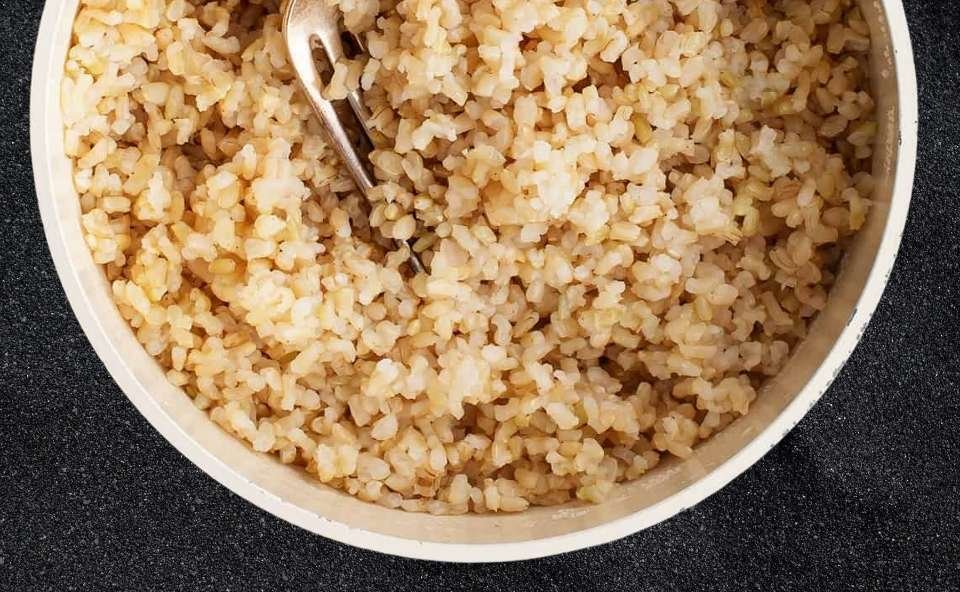
Flavorful Additions for Better Taste
Cooking brown rice in a rice cooker is easy, but a few simple tweaks can make it even more delicious. Through trial and error, I’ve discovered that small changes, like adding the right flavor boosters, completely transform a basic bowl of rice. These easy substitutions have helped me make perfect rice every time—try them, and you might never go back to plain rice again!
- Use Broth Instead of Water; Swap plain water with broth for a richer taste, and choose vegetable, beef, or chicken broth based on the dish you’re serving.
- Add Spices for Extra Flavor; At the beginning of cooking, mix in spices like garlic and cumin to create a deeper flavor and complement your meal.
- Enhance with Butter or Olive Oil; Stir in a tablespoon of butter or a drizzle of olive oil after cooking to make the rice creamy and delicious.
- Try a Touch of Soy Sauce; A light drizzle of soy sauce gives the rice an Asian twist and enhances the overall taste.
- Season with Salt and Pepper; A pinch of salt and pepper balances the flavor and adds the perfect finishing touch to your cooked rice.
Storage and Reheating
I’ve always believed that properly storing cooked brown rice is just as important as cooking it right. To keep your leftover rice fresh, I always store it in an airtight container and place it in the refrigerator immediately after it has cooled to room temperature. This helps prevent the grains from becoming dried out. From my experience, it’s best to consume it within 3 to 5 days, though it can last up to 6 days if properly handled. When I’m ready to eat, I take out just the right portion and place it in a microwave-safe dish, ensuring it stays as fluffy and flavorful as when I first made it.
For reheating, the method I find the easiest and most effective is using a microwave. I start by gently breaking apart any clumps of rice with a fork, then I add a small splash of water to help keep the rice moist. To ensure it heats evenly, I cover the dish with either a damp paper towel or a lid to trap the steam, which helps to rehydrate the rice. I then microwave it on high for about 1 to 2 minutes, making sure to stir halfway through. Once the time is up, I carefully remove the dish, taking caution with the steam, and check the texture. If it still feels cold or dry, I simply repeat the process until I’m happy with the result.
Brown Rice Serving Ideas
Brown rice is so versatile; whether I’m looking for a quick meal or something more elaborate, brown rice fits in perfectly with almost any dish.
- Rice Bowls: Whenever I need a fast yet satisfying meal, I turn to rice bowls. I pile brown rice with whatever vegetables or meats I have, like chicken or pork belly. It’s filling, nutritious, and so easy to customize.
- Burritos: I love adding brown rice to burritos—it makes them hearty and comforting. It pairs so well with beans, veggies, and grilled meats, and it always keeps me full for hours.
- Curries: There’s nothing like pairing brown rice with a good curry. Whether it’s chicken curry or a creamy potato curry, brown rice soaks up the flavors and adds a satisfying texture.
- Stir-Fried Dishes: For a quick dinner, brown rice works wonders in stir-fries. I throw it in with chicken, vegetables, and a splash of soy sauce for a delicious, easy meal.
- Grilled and Air-Fried Meats: When I cook grilled chicken, steak or air-fried fish, I always serve it with brown rice. It’s the perfect side to balance out the richness of the meats and brings a wholesome touch to the plate.
Best Tips
Here are some tips I’ve learned from cooking brown rice in an electric rice cooker. They’ve made a real difference in getting that perfect, fluffy texture every time:
- Always check your user’s manual for instructions and understand your cooker’s advanced settings. Each cooker is different, and the cooking time can vary depending on the model. It’s worth a quick read to avoid mistakes.
- Most rice cookers come with a measuring cup, but the size often isn’t the same as a standard measuring cup. I recommend using a standard measuring cup for uncooked rice and a standard liquid measuring cup for water to get the best results. This little trick has saved me from mushy or dry rice many times!
- I’ve noticed that one cup of uncooked rice makes about two cups of cooked rice. For the average serving size, plan on 0.5 cup of cooked rice per person. It’s an easy way to cook just the right amount for family or guests!
These tips have helped me make consistently delicious brown rice, and I’m sure they’ll work for you too!
Nutrition
Brown rice retains its outer layer, known as the bran, which gives it a distinctive color and a higher content of dietary fiber compared to white rice. This fiber helps you feel full longer, which can aid in weight loss by preventing overeating. Additionally, a high-fiber diet can alleviate constipation and reduce the risk of heart disease.
A fun fact is that brown rice has less impact on blood sugar levels, making it a good option for a person with diabetes. Choosing long-grain brown rice instead of short-grain can make a difference, as it has a glycemic index score of 65, which is better for blood sugar control compared to short-grain rice, which scores 76.
Here’s a nutritional overview of cooked long-grain brown rice per 100 grams:
| Nutrient | Amount | % Daily Value |
|---|---|---|
| Calories | 112 kcal | 6% |
| Total Fat | 0.8 g | 1% |
| Saturated Fat | 0.2 g | 1% |
| Polyunsaturated Fat | 0.3 g | — |
| Monounsaturated Fat | 0.3 g | — |
| Cholesterol | 0 mg | 0% |
| Sodium | 1 mg | 0% |
| Potassium | 79 mg | 2% |
| Total Carbohydrates | 24 g | 9% |
| Dietary Fiber | 1.8 g | 6% |
| Sugars | 0.24 g | — |
| Protein | 2.3 g | 5% |
| Calcium | 10 mg | 1% |
| Iron | 0.5 mg | 3% |
Percent Daily Values are based on a 2,000 calorie diet.
Nutritional data sourced from Nutritionix.
Explore more Rice Varieties & Cooking Methods
Recipe Card
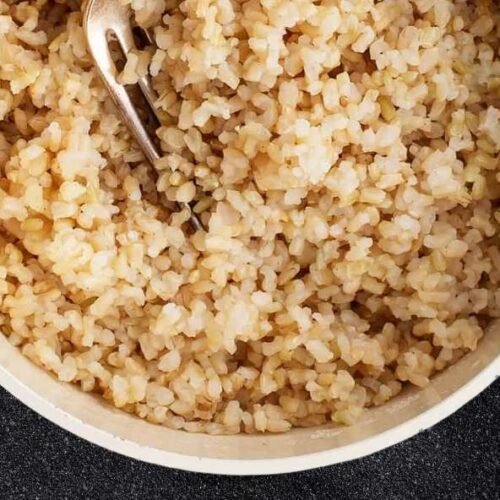
How to Cook Perfect Brown Rice in a Rice Cooker
Equipment
- 1 Rice Cooker
- 1 Metal Sieve For rinsing rice
- 1 Measuring Cup
Ingredients
- 1 Cup Brown Rice Long-grain or Short-grain
- 2 Cups Water Or 1.75 cups for softer rice
- 1 Tbsp Salt Optional
Instructions
- Rinse the Rice: Place brown rice in a metal sieve and rinse under cool tap water until the water runs clear. This helps remove excess starch and prevents clumping.
- Add to Rice Cooker: Transfer the rinsed rice to the rice cooker pot and pour in the appropriate amount of water. Add a pinch of salt for enhanced flavor.
- Start Cooking: Set your rice cooker to the “brown rice” setting (or standard cook mode if it doesn't have one). Press start.
- Let It Rest: Once the rice cooker finishes, let the rice sit for 5 minutes with the lid closed to absorb any remaining moisture.
- Fluff and Serve: Use a fork or rice paddle to fluff the rice before serving.
Notes
Storage & Reheating:
- Store leftover rice in an airtight container in the refrigerator for up to 5 days.
- Reheat in the microwave with a splash of water, covering with a damp paper towel to retain moisture.
Frequently Asked Questions
What is the ideal water-to-rice ratio for cooking brown rice in a rice cooker?
From my experience, 2 cups of water for every cup of brown rice works best. It keeps the rice soft and fluffy—never mushy or dry. This ratio has never failed me!
Does brown rice require more water than white rice when cooked in a rice cooker?
Yes, it does! Since brown rice has a tougher outer bran layer, it needs extra water to cook properly. I learned this the hard way when my rice turned out way too firm.
How long does it take to cook brown rice in a rice cooker?
In my rice cooker, one cup of brown rice usually takes around 45 minutes. Larger batches take a bit longer, but the texture always comes out perfect when I’m patient.
Should I soak brown rice before cooking it in a rice cooker?
I like to soak brown rice for 30 minutes before cooking. It cooks faster and tastes softer, but skipping this step is fine if you’re in a hurry.
How can I prevent brown rice from sticking to the bottom of the rice cooker?
Rinsing the rice well and adding a teaspoon of oil or butter really helps! I’ve noticed my rice comes out fluffier and doesn’t stick. It’s a simple trick that works wonders!

Hi, I’m the voice behind The Bean Bite — someone who’s genuinely obsessed with beans! What started as a simple love for homemade lentil stew turned into a journey of discovering bean varieties, cooking tips, and their amazing health benefits. This site is my way of sharing that joy with you — one bean at a time.


